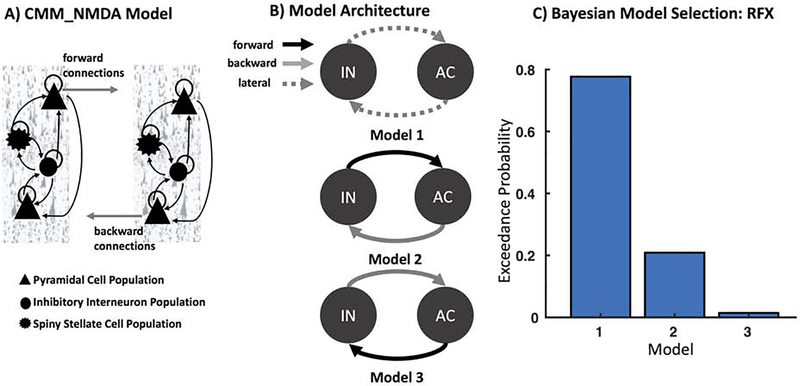Figure 3. Models of Connectivity: Insula to Anterior Cingulate.
A). The CMM_NMDA model includes four distinct cell layers: superficial pyramidal cells, spiny stellates, inhibitory interneurons, and deep pyramidal cells. Forward connections originate from superficial pyramidal cells to excitatory spiny stellate cells, while backward connections originate from deep pyramidal cells to both superficial pyramidal cells and inhibitory interneurons. B) We constructed three plausible models of message-passing between insula (IN) and anterior cingulate (AC). Model 1 included lateral connections between IN and AC, while Model 2 included feedforward connections from IN to AC and feedback connections from AC to IN, and Model 3 included feedforward connections from AC to IN and feedback connections from IN to AC. C) Bayesian Model Selection (BMS) was used to adjudicate between models, demonstrating that Model 1 with fully interconnected feedforward and feedback connections between each region had the largest exceedance probability.

